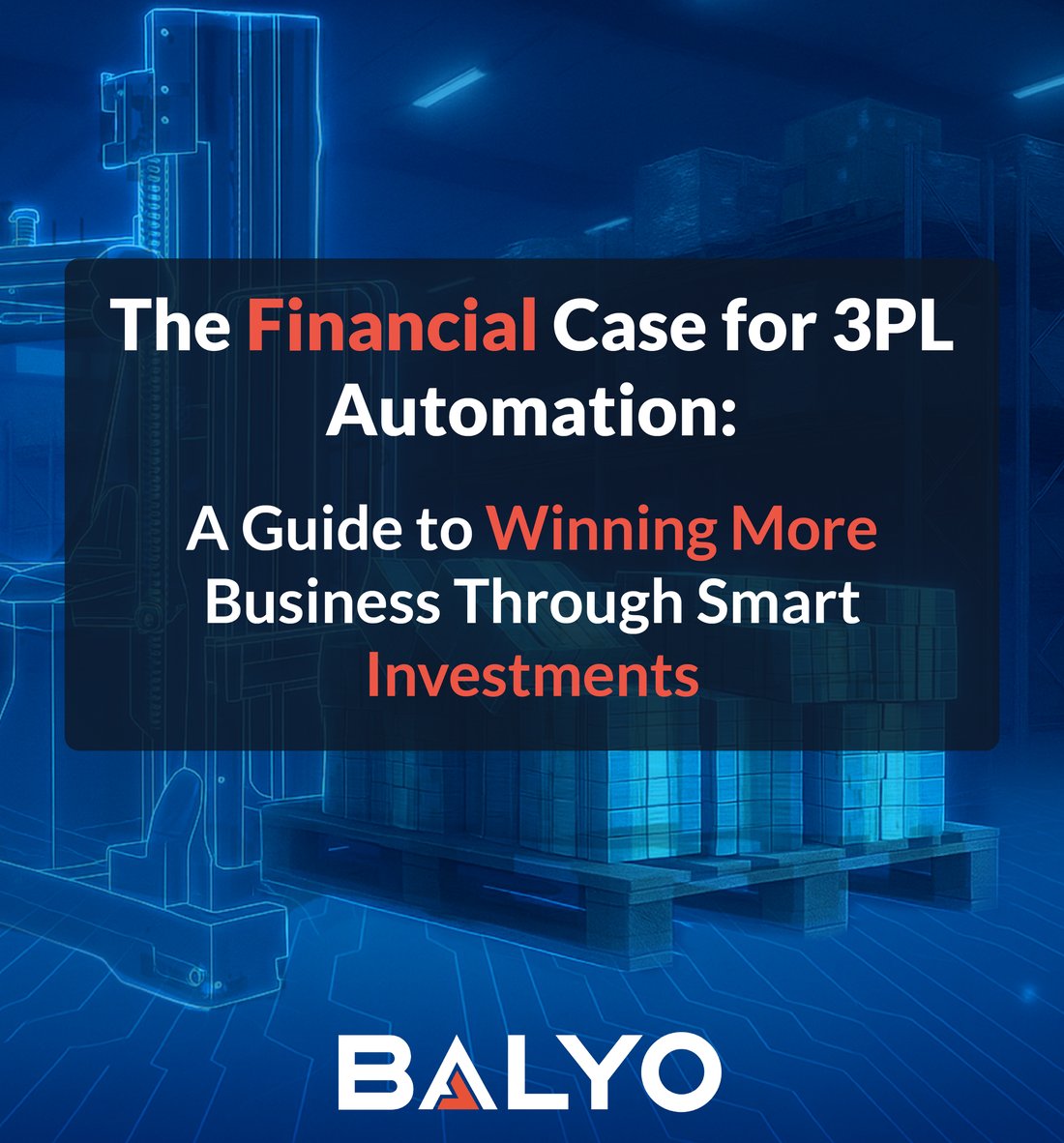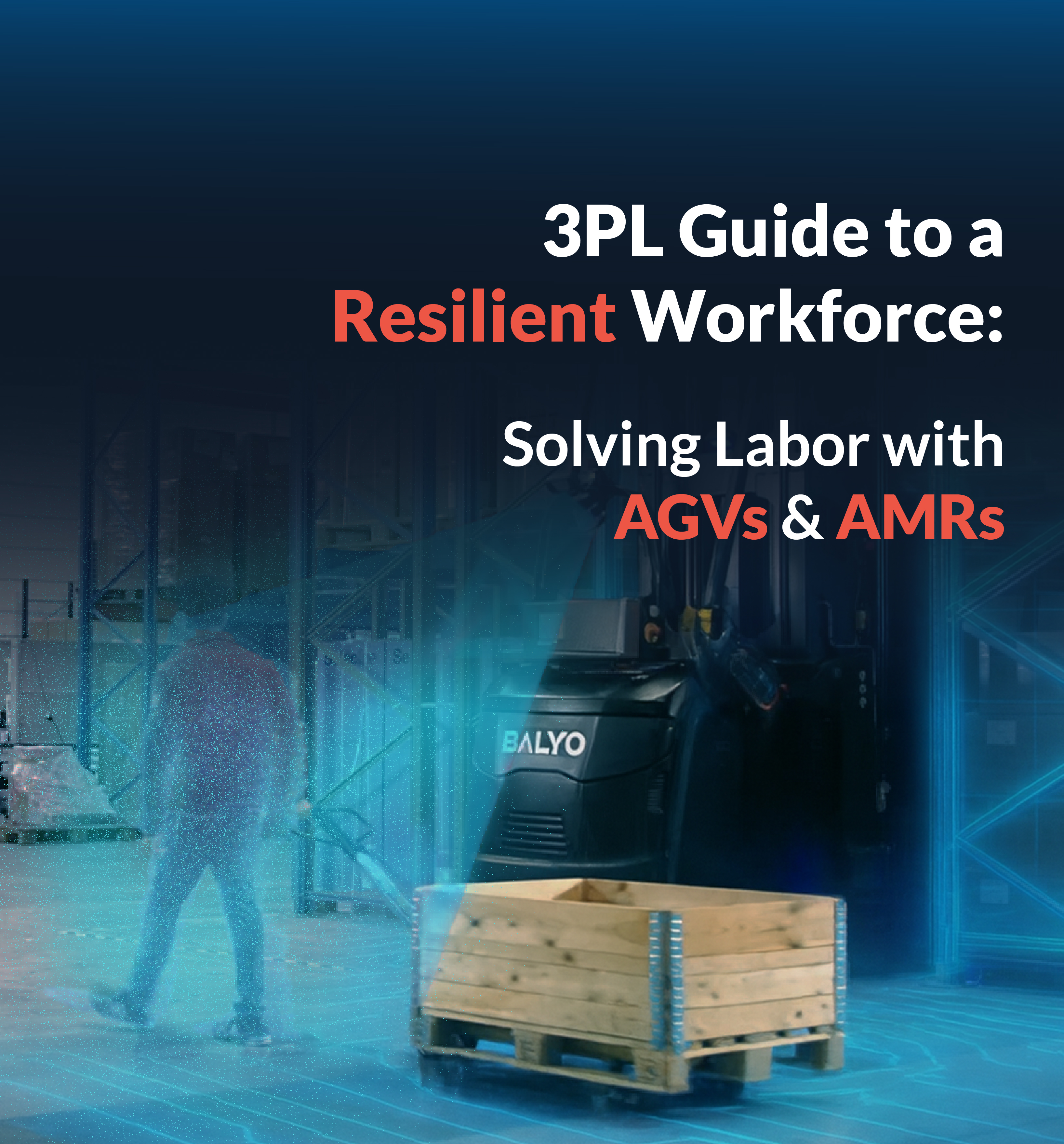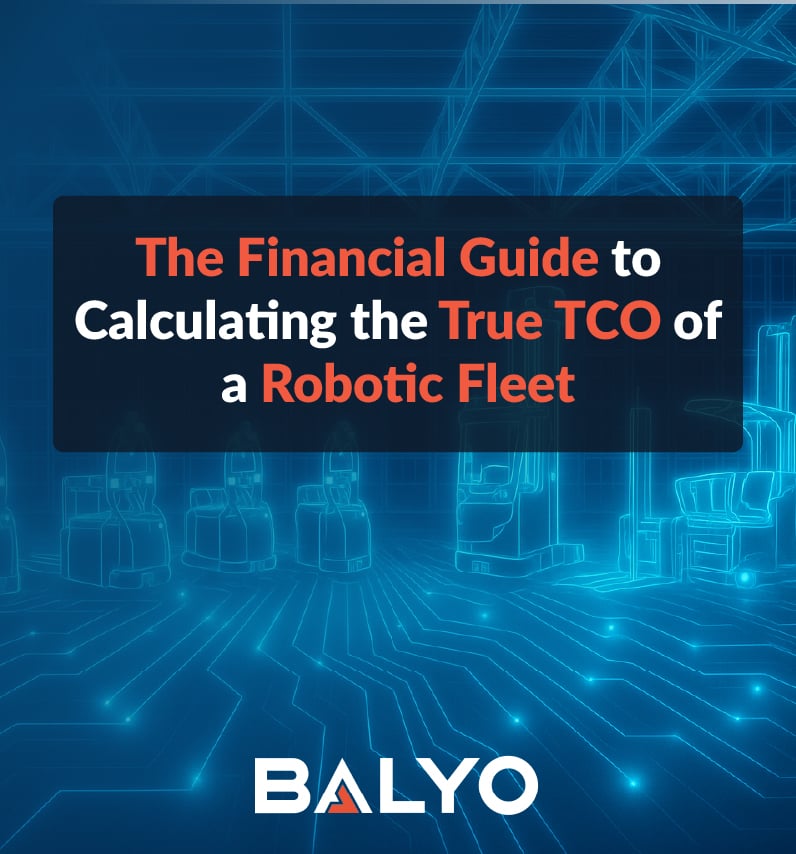
In third-party logistics, the difference between market leadership and obsolescence is measured in basis points. Our clients tell us it’s a landscape of intense competition, relentless client pressure on pricing, and ever-rising operational costs. For a 3PL leader, financial strategy isn't just about managing a budget; it's about navigating a constant squeeze that threatens your very viability. The traditional levers of negotiation and incremental efficiency gains are no longer enough. To thrive, you need a transformational shift in your financial and operational model. That transformation is 3PL warehouse automation.
Viewing an automated forklift or a fleet of automated guided vehicles (AGVs) as a mere operational expense is a fundamental mistake. This technology is a strategic financial instrument—an investment that rebuilds your cost structure from the ground up, unlocks new pricing power, and creates a powerful moat around your business. It is the single most effective way to break the cycle of margin compression and begin a new cycle of profitable growth.
This guide is for the forward-thinking 3PL leader who understands that the smartest investments are those that simultaneously reduce costs and create demonstrable value for clients. We will dissect the flawed economics of manual warehousing, provide a comprehensive framework for building a bulletproof ROI business case, and reveal how a smart automation strategy becomes your most powerful tool for winning larger, more profitable, multi-year contracts.

The Fragile Economics of the Manual 3PL Warehouse
The financial model of a traditional, manual-labor-driven 3PL is inherently fragile. It's exposed to volatility and burdened by hidden costs that silently erode your profitability.
- Razor-Thin Margins: The 3PL industry is notorious for its tight margins. Net profit margins for general warehousing and logistics providers often hover in the 3% to 6% range.¹ With so little room for error, any unexpected cost—a spike in overtime, a damaged client shipment, or a rise in insurance premiums—can wipe out the profit from an entire contract.
- Volatile and Unpredictable Labor Costs: As your largest single expense, labor is also your most unpredictable. Wage inflation, the high cost of recruiting in a tight market, and the constant financial drain of employee turnover create a volatile cost center that makes long-term financial planning nearly impossible.
- The Hidden "Tax" of Human Error: Every mispick, misplaced pallet, and damaged product incurs a cost. This "error tax" includes not just the value of the goods, but the labor hours spent on returns, corrections, and customer service. It’s a significant, albeit hard-to-track, drain on your bottom line.
- Diseconomies of Scale: In theory, more volume should lead to lower per-unit costs. But in a manual warehouse, scaling for growth or peak season often leads to diseconomies. You're forced to hire expensive temporary labor and pay massive overtime, both of which are less efficient than your baseline workforce, causing your per-pallet-moved cost to actually increase when you're busiest.
This financial model is not sustainable. It forces you to price defensively and reactively, rather than strategically and proactively.
A Deep Dive into Automation ROI
An investment in 3PL automation delivers a powerful and multi-layered return. To build a compelling business case, you must look beyond the initial capital outlay and analyze both the direct "hard savings" and the equally important strategic "soft returns." Most well-planned automation projects in logistics see a full return on investment in 18-36 months.²
Hard Savings: The Direct, Measurable ROI
These are the immediate, line-item savings that automation delivers.
- Labor Cost Reduction & Reallocation: This is the most significant driver of ROI. The calculation is straightforward: compare the fully-loaded annual cost of the employees whose tasks will be automated against the annual cost of the automation solution.
- Calculation: (Number of Roles Automated x Fully Loaded Annual Employee Cost [Wages + Benefits + Taxes + Overtime]) - (Annual Automation Cost [Hardware + Software + Maintenance]) = Net Annual Labor Savings.
- An automated forklift, for example, can run 24/7, effectively performing the work of 2-3 full-time employees across three shifts.
- Error Elimination Savings: By driving order accuracy rates from a typical 97-98% to over 99.9%, you virtually eliminate the costs associated with mispicks, returns, and incorrect shipments.
- Damage Reduction Savings: Automated guided vehicles navigate with precision, drastically reducing costly impacts with racking, infrastructure, and client inventory. This lowers your budget for repairs and product write-offs.
- Turnover and Recruitment Savings: With a more stable workforce and more engaging roles for your human employees, turnover slows down. This directly saves you the thousands of dollars in recruiting, hiring, and training costs associated with replacing each employee.
Soft Returns: The Strategic, High-Value ROI
These benefits are often the most impactful to your long-term success.
- Increased Throughput and Capacity: Automation allows you to move more product through the same facility footprint. This ability to increase capacity without expanding your real estate is a massive capital-saving advantage and allows you to grow your revenue base.
- Enhanced Client Retention: As research by Bain & Company famously found, increasing customer retention by just 5% can increase profits by 25% to 95%.³ By delivering superior accuracy, speed, and data, automation makes your service "stickier" and drastically reduces client churn.
- Improved Safety and Lower Insurance Costs: Fewer accidents involving material handling equipment lead to a better Experience Modification Rate (EMR), which can significantly lower your workers' compensation and liability insurance premiums over time.
Beyond ROI: Forging a Durable Competitive Advantage
A truly strategic investment doesn't just save you money; it makes you more competitive. 3PL automation fundamentally alters your position in the marketplace.
- Winning on Price and Predictability: A lower, more stable cost structure is a weapon. It allows you to bid more aggressively on new business and lock in multi-year contracts with confidence, knowing your costs won't spiral out of control. We explore this strategy in-depth in our article, The 3PL Competitive Edge.
- Winning on Service and Value: Automation enables a level of service—in terms of accuracy, speed, and data transparency—that manual competitors simply cannot match. You can move upmarket and win more demanding clients who prioritize performance over rock-bottom pricing.
- Becoming a Scalable Partner: Your ability to scale for a client's growth or peak season is a major selling point. Automation turns this into a reliable, software-driven capability, not a frantic scramble for temporary labor.
Financing Your Transformation: Making Automation Accessible
The final piece of the financial puzzle is the acquisition model. The belief that automation requires a prohibitive upfront investment is outdated. Today's flexible financing options make this technology more accessible than ever.
- CapEx (Capital Expenditure): The traditional model of purchasing the equipment outright. This is a good option for well-capitalized companies that want to own their assets.
- OpEx / RaaS (Operating Expense / Robotics-as-a-Service): A subscription or leasing-based model where you pay a monthly fee for the use of the robots, software, and maintenance. This eliminates the upfront cost, preserves capital, and provides a predictable, all-in-one expense.
The choice between these models depends on your company's balance sheet, cash flow, and strategic priorities.
The Smartest Investment a 3PL Can Make
In today's market, standing still is moving backward. The financial case for 3PL warehouse automation is clear, compelling, and urgent. It is a direct investment in solving your biggest challenges—labor volatility, margin compression, and intense competition.
By embracing automated guided vehicles and automated forklift solutions, you are not just buying equipment; you are buying a superior financial model. You are investing in a future where your costs are predictable, your service is exceptional, and your growth is unconstrained.
Ready to build the business case for your company's future? Contact BALYO for a complimentary ROI analysis and financial impact assessment.
Citations:
¹ Armstrong & Associates, Inc. (2025). Trends in 3PL/Customer Relationships & Value of 3PLs. https://www.3plogistics.com/ (Note: Link to main site; specific reports are often proprietary.)
² Material Handling Institute (MHI). (April 2025). The 2025 MHI Annual Industry Report. https://www.mhi.org/publications/report
³ Reichheld, F. F., & Sasser Jr, W. E. (1990). Zero Defections: Quality Comes to Services. Harvard Business Review. https://hbr.org/1990/09/zero-defections-quality-comes-to-services



